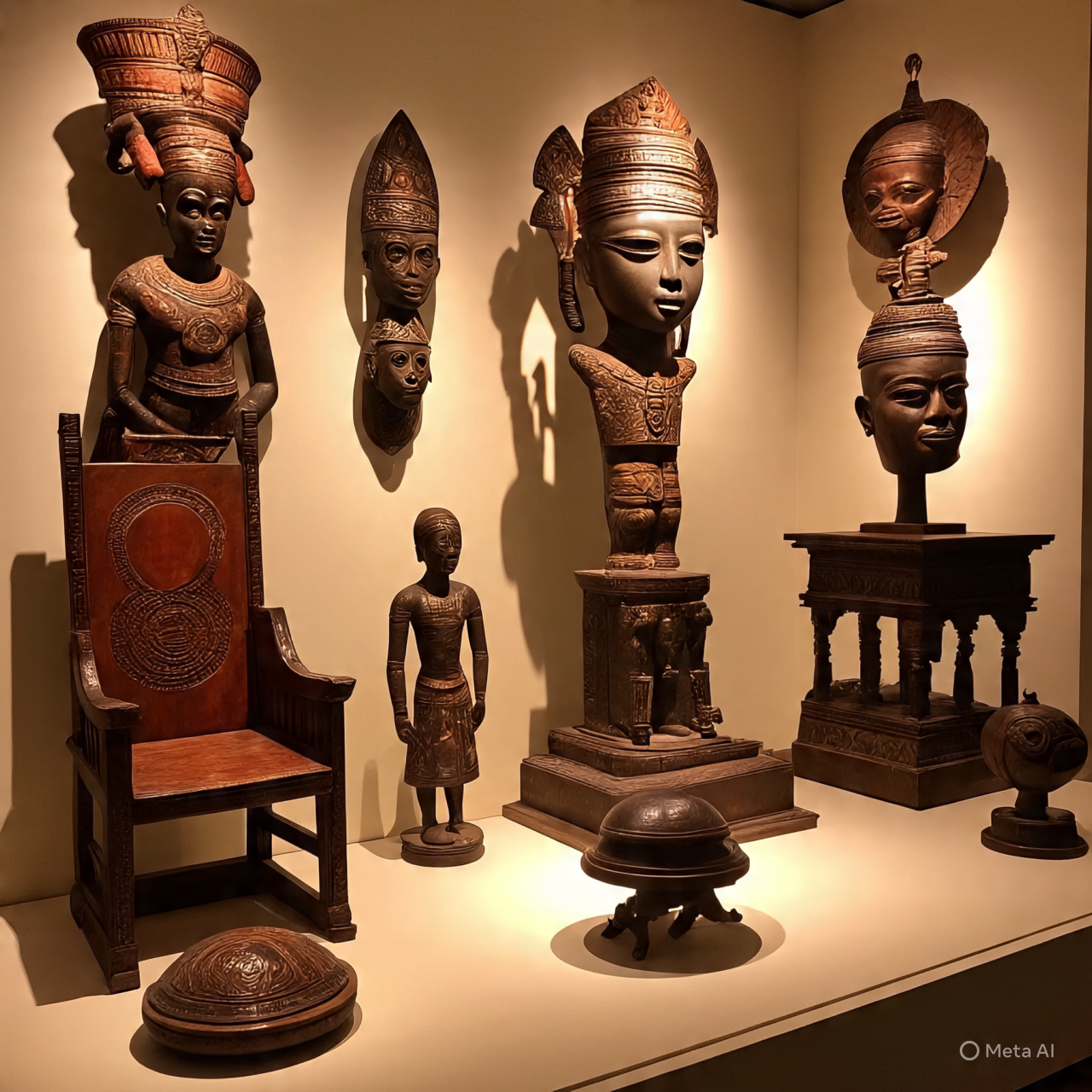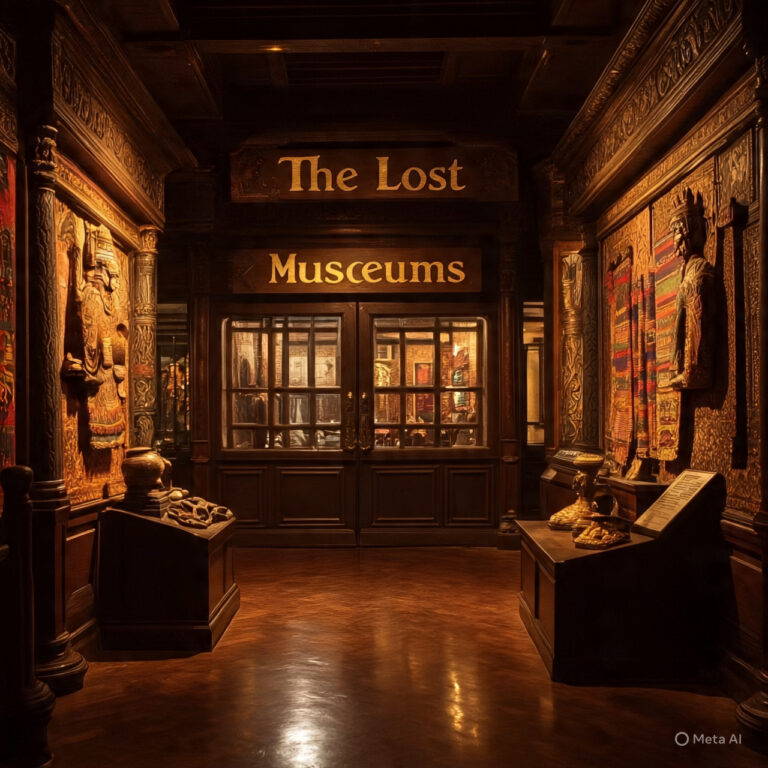By Peter Omopo
Nigeria’s cultural heritage remains scattered across the world, locked away in glass cases and private collections far from the soil that birthed them. From Benin bronzes in Europe to Nok terracottas in American vaults, the story of stolen art has become familiar—but the urgency to bring them home is fading into silence.
Calls for restitution, once loud and passionate, now echo faintly, overshadowed by politics and bureaucracy. While other nations have pushed harder for the return of their artifacts, Nigeria seems caught between diplomatic niceties and lack of sustained pressure.
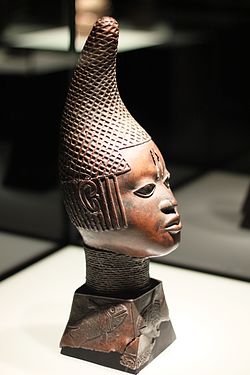
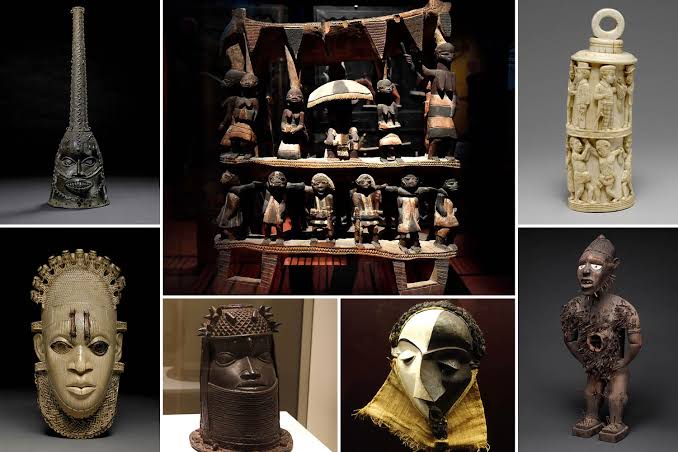
Even more troubling is the state of local museums. Once envisioned as vibrant spaces for cultural education and national pride, many have been reduced to dusty halls with leaking roofs, poor preservation, and dwindling visitors. For young Nigerians, museums should be living classrooms—yet most remain uninspiring, underfunded, and forgotten.
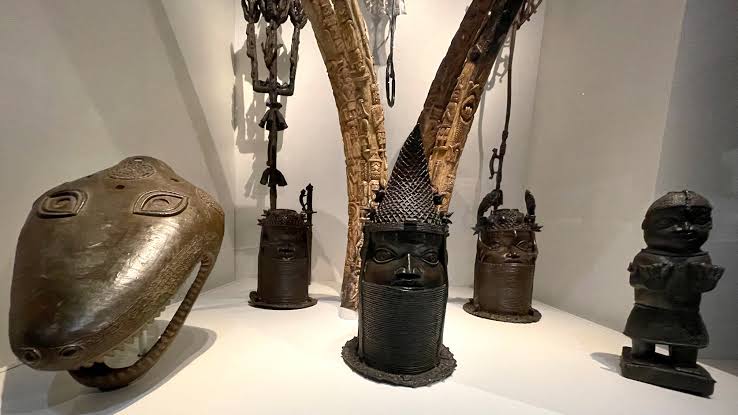
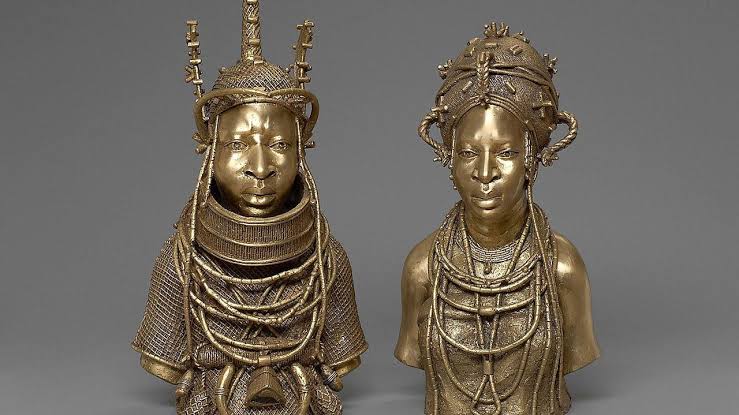
Experts argue that restitution is not just about returning artifacts but about reclaiming history and restoring dignity. But the question lingers: if the treasures do return, are Nigeria’s museums ready to receive them?
Until then, the country’s greatest cultural jewels remain abroad, admired by the world but estranged from home—while at home, the silence grows louder.

